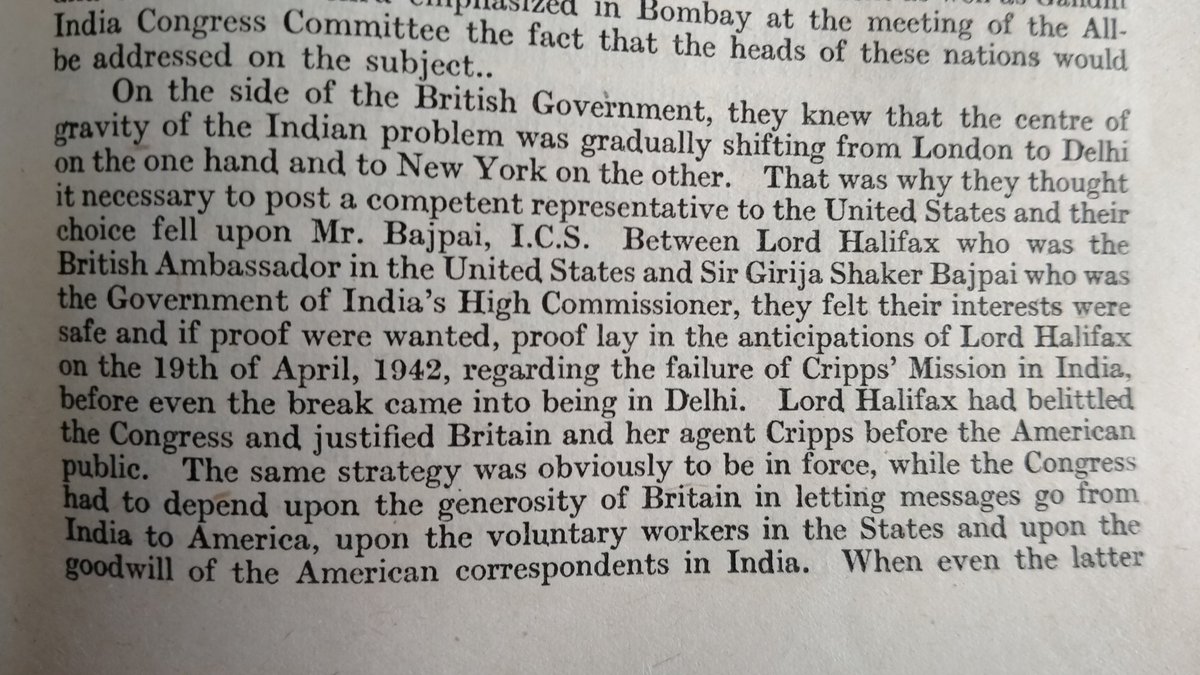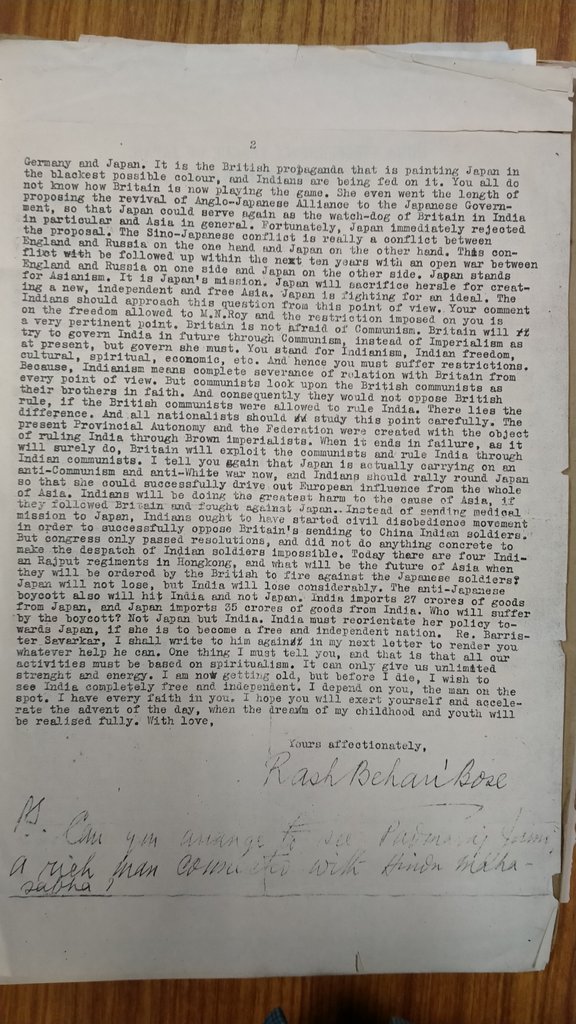
This is the location of Bholachang village, very close to Tripura capital Agartala (but now in Bangladesh) where the Hindustan Republican Association was formed in 1923 by Sachin Sanyal, Pratul Ganguly & NM Sen. 1/n 

HRA was an umbrella organization that brought together various revolutionary groups across India such as Anushilan Samiti, Jugantar group, surviving Ghadarities etc. Its armed wing was the Hindustan Republican Army (inspired by IRA) led by Bismil 2/n
HRA's activities in the 1920s and early '30s are relatively well known (Kakori etc), but what happened to the movement later? It split into four. One remained nationalists (including Sachin Sanyal, Rashbehari etc) and this stream ultimately culminated in formation of INA. 3/n
A second group were radicalized with Marxism in colonial jails in the '30s. This group became Communists & would ally with the British during WW2. The history of this stream is also relatively well documented. 4/n
The third stream joined the Congress and merged with the Jugantar group revolutionaries who already joined the party in the 1920s under CR Das. They would be key to Netaji's election as INC President in 1937-38 5/n
The fourth stream is now almost forgotten. It included those who found socialist/Marxist ideas attractive but were suspicious of the influence of Russian & British communists on the Indian movement. This stream became the Revolutionary Socialist Party (RSP) 6/n
After Partition, the Communists focused on West Bengal where they had their core base. RSP had its base in East Bengal Hindu community. When 10 million refugees entered India in 1970-71, RSP suddenly found a new support base in India. 7/n
Thus, Hindu refugees massacred in Marichjhapi by the communists in 1979 were mostly RSP supporters. The communists were essentially killing off their ideological siblings to ensure that they did not become a threat. Oddly the RSP was a member of the Left Front government. 8/n
Thus the incarceration, exile and killing of all key revolutionary leaders meant that the legacy of the HRA got scattered across the political spectrum by late 1930s 9/n
Interestingly, the above four siblings had a cousin descended from the Anushilan network in Maharashtra. This group had worked with Sanyal during WW1 (Pingle etc) and worked with HRA later. This stream survives today in RSS. 10/n
Another group closely linked to the revolutionaries was the Eika peasant movement led by Madari Pasi in UP-Bihar. Thus Dalit movements in the north are also liked to HRA 11/n
Mainstream history gives the impression that Revolutionaries were scattered individuals with no networks or legacy. In fact, they had a profound influence across the political spectrum. Even Congress leaders like CR Das relied on their network 12/n
The failure of Revolutionaries was neither scale nor influence. Their problem was that all their top leaders were eliminated by 1947. Rashbehari, Sachin Sanyal, Netaji, Azad were all gone. So they were no longer a coherent political force. 13/n
To be fair, Communists were the only ones that later recalled their revolutionary origins, even if their claim on the whole movement is false. Today, none of the non-Left descendants seem even aware of this history. 14/n
One wonders what would have happened if some of the big revolutionary leaders had survived. Would they have been able to unite these groups? Interestingly the only survivors were the founders: Aurobindo & Sarvakar, but both had long drifted away by 1947 15/n
• • •
Missing some Tweet in this thread? You can try to
force a refresh






